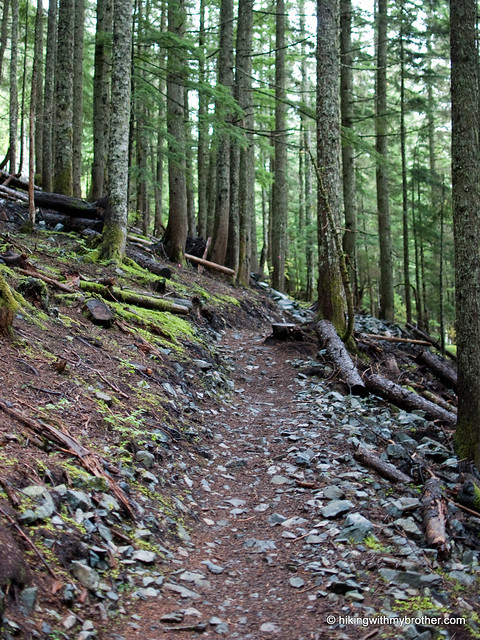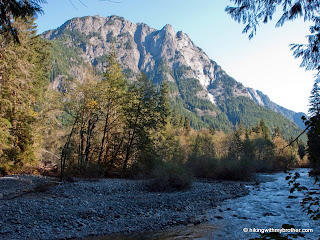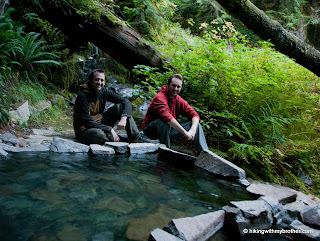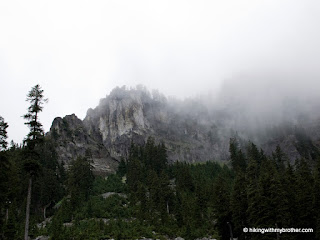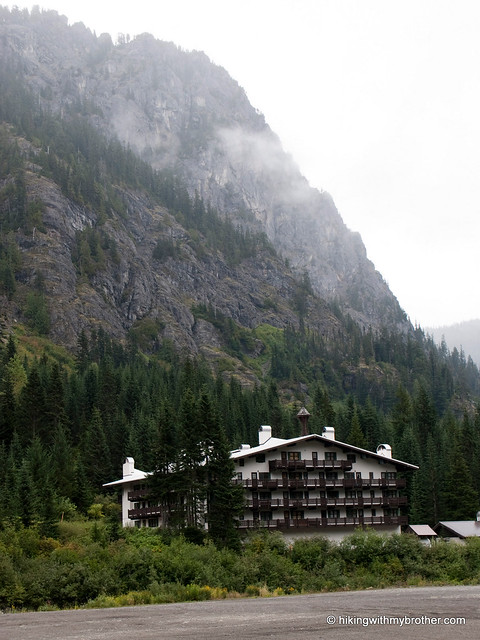Total Ascent: 2800ft
Highest Point: 5087ft
Total Distance: 7 miles
Location: N 47° 23' 23.4240, W 121° 37.0620
Required Permit: None
Difficulty: Hard
 We were going over our maps looking for potential hikes when we turned up a route to the top of the Mt. Kent. Digging deeper, we found that very few hikers had made the trek to Mt. Kent’s often-overlooked summit. Sensing a challenge, we picked out our route and set out for the trail the following weekend.
We were going over our maps looking for potential hikes when we turned up a route to the top of the Mt. Kent. Digging deeper, we found that very few hikers had made the trek to Mt. Kent’s often-overlooked summit. Sensing a challenge, we picked out our route and set out for the trail the following weekend.Living in the shadow of McClellan Butte, Mt. Kent has never drawn a crowd. The first recorded ascent was April 10, 1938 by a group of Mountaineers, probably looking for something a little different after
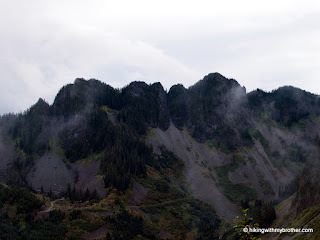 climbing McClellan Butte dozens of times. Unfortunately, little else is written about this lonely peak. We’d welcome any local lore anyone has to share.
climbing McClellan Butte dozens of times. Unfortunately, little else is written about this lonely peak. We’d welcome any local lore anyone has to share.A little over half the route to Mt. Kent follows the McClellan Butte Trail #1015. This section is easy to follow and, while a bit challenging, does not pose any real difficulty. However, once you leave the McClellan Trail, route-finding and bushwhacking are the name of the game.
The fun begins just as the McClellan Trail plateaus and starts to lead you around the back of the mountain. Your first glimpses of Chester Morse Lake signal your imminent departure from maintained trails. A short push through the trees leads to a large talus field. Follow the ridgeline connecting McClellan Butte and Mt. Kent. Below you may see a forest road; however, this road is located within the Cedar River Watershed and is closed to public access.
Emerging from the trees to the summit reveals a decent view of McClellan Butte and the Duke and Duchess flanking the Alice Creek Basin. On a good day, Mt. Rainier will rise proudly over Chester Morse Lake . . . of course, we didn’t get to see any of that. Low clouds heavy with rain made it impossible to see anything at all. So we settled down for a soggy lunch and signed the summit register.
Despite the rain, this was an enjoyable hike that we’d recommend to those that like a challenge. Be prepared to do some stomping through vegetation and to use your route-finding skills. Because footpaths are faint at best, often disappearing into the
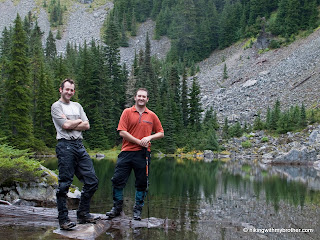 underbrush, a GPS will make this hike more manageable. Alice Lakes feel secluded and remote, and we never encountered another soul once we left the McClellan Trail. All in all, a nice little escape.
underbrush, a GPS will make this hike more manageable. Alice Lakes feel secluded and remote, and we never encountered another soul once we left the McClellan Trail. All in all, a nice little escape.A number of sources warn of the high avalanche risks on both McClellan Butte and Mt. Kent. The talus slope above Alice Lakes is extremely steep and avalanche prone. Use caution when hiking these areas.
To get there, take I-90 to Exit 38, then take a right and head past Olallie State Park and the access to Deception Crags for about two miles to reach FR 9020. Follow the progressively rougher logging road to the roadblock at 4.5 miles. -Nathan
Print Google Directions >>
